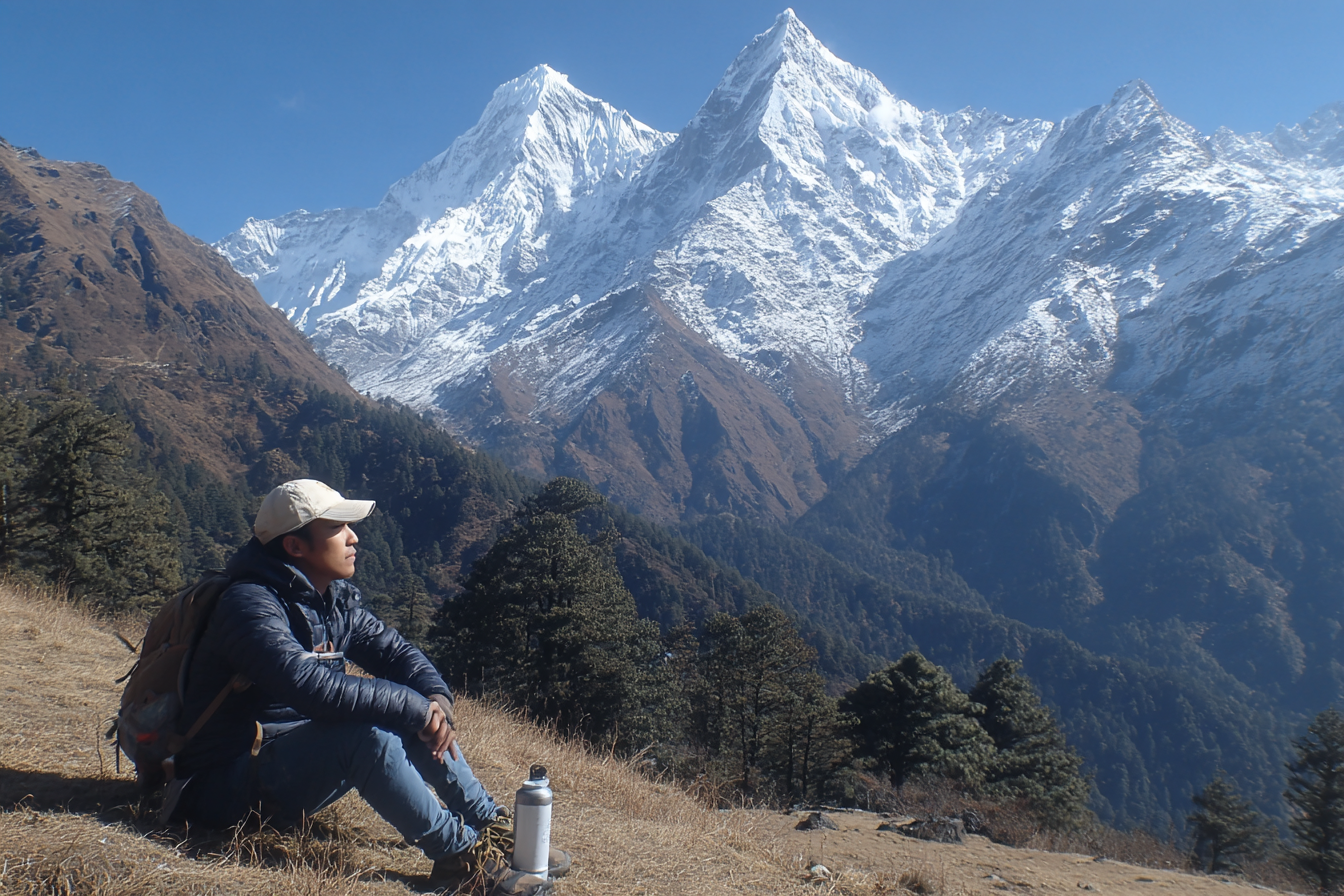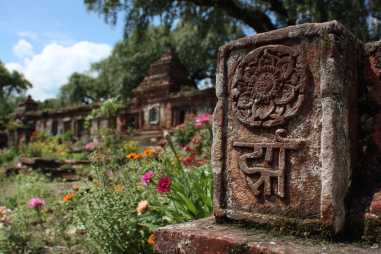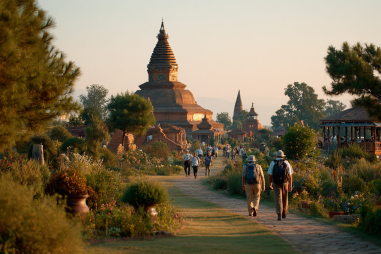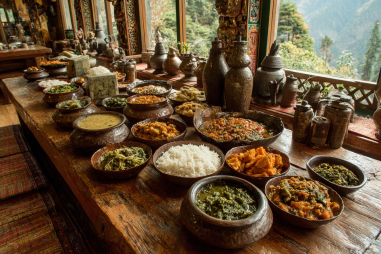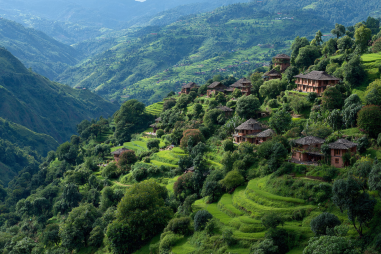Trekking in the Everest region beginning from Lukla is an exhilarating adventure filled with breathtaking landscapes and cultural richness. However, as you ascend to higher altitudes, altitude sickness becomes a real concern for many trekkers. Understanding what altitude sickness is, recognizing its symptoms, and learning how to prevent and manage it are crucial steps for a safe and enjoyable trekking experience. This article offers practical tips and advice to help you tackle altitude sickness on your Lukla trek.
What is Altitude Sickness?
Altitude sickness, also known as acute mountain sickness (AMS), occurs when your body struggles to adapt to the lower oxygen levels found at high elevations. Lukla itself sits at about 2,860 meters (9,383 feet), and as trekkers move into higher altitudes on the way to Everest Base Camp or other destinations, the risk of experiencing altitude sickness increases. It results from the reduced atmospheric pressure and oxygen availability, which can impact physical and mental performance.
Altitude sickness can vary in severity, from mild symptoms that subside with rest to serious conditions like high altitude pulmonary edema (HAPE) and high altitude cerebral edema (HACE), which require immediate medical attention. Recognizing early signs and taking precautionary measures is essential to prevent complications.
Symptoms to Watch For
Being aware of the symptoms of altitude sickness equips you to take prompt action. Common early symptoms of mild altitude sickness include:
- Headache that does not go away with regular painkillers
- Nausea or vomiting
- Dizziness or lightheadedness
- Fatigue and weakness
- Difficulty sleeping
- Loss of appetite
If you experience any combination of these symptoms, it’s crucial to not ignore them. As altitude sickness worsens, more severe symptoms like rapid breathing, persistent cough, chest tightness, confusion, and difficulty walking can indicate serious complications that require immediate descent and medical help.
Prevention Strategies Before and During the Trek
Preventing altitude sickness begins before you even set foot on the trail. Here are some effective strategies to consider:
- Physical fitness: Being in good physical shape can help you tackle strenuous treks, but it does not prevent altitude sickness. However, training your cardiovascular system can improve your endurance at high altitude.
- Hydration: Drink plenty of water. Staying well-hydrated helps your body acclimatize better.
- Avoid alcohol and smoking: Both can impair your body’s ability to acclimatize and increase the risk of altitude sickness.
- Gradual ascent: Plan your itinerary to allow slow and steady altitude gains. Avoid ascending more than 300 to 500 meters (1,000 to 1,600 feet) per day above 3,000 meters.
- Rest days: Incorporate rest days to let your body adjust without pushing it too hard.
- Eat light and nutritious food: High-carbohydrate meals can offer the necessary energy to adapt to altitude changes.
Acclimatization Guidelines
Proper acclimatization is the key to a safe trekking experience from Lukla. Acclimatization involves allowing your body time to adjust to decreasing oxygen levels as you climb higher. Here are some important guidelines:
- After reaching 3,000 meters, avoid sleeping more than 300-500 meters higher than the previous night’s altitude.
- Include acclimatization days every 3-4 days or after every 1,000 meters gained in elevation.
- Use acclimatization hikes: Spend a day hiking to a higher elevation in the morning and returning to sleep at a lower altitude to build your tolerance.
- Pay attention to how you feel and communicate symptoms with your trekking guide or companions.
It’s better to progress slowly and safely than to push through and risk dangerous altitude problems.
Medication and Oxygen Use
Some trekkers choose to take medication to reduce the risk of altitude sickness or ease the symptoms if they begin to appear. Two commonly used drugs are:
- Acetazolamide (Diamox): This medication can help your body acclimatize faster by promoting breathing and improving oxygenation. It is often taken a day before ascending to a higher altitude and during the first few days at altitude. However, it should only be used under medical guidance.
- Dexamethasone: A steroid medication used for severe altitude sickness symptoms, but it is not a preventive drug and should only be used if prescribed by a doctor.
Supplemental oxygen is sometimes available at tea houses or rescue points in the Everest region. It can provide temporary relief for acute symptoms, but it’s not a long-term solution. Carrying a portable pulse oximeter to monitor oxygen saturation can be helpful in detecting when oxygen levels are dangerously low.
When to Seek Medical Help
It’s crucial to know when altitude sickness requires urgent medical attention. Seek help immediately if you or someone in your group experiences:
- Severe headaches that don’t respond to medication
- Shortness of breath at rest or persistent coughing
- Confusion, inability to walk or balance, hallucinations
- Swelling of the hands, feet, or face
- Blurred vision or changes in consciousness
If these signs develop, descending to lower altitudes rapidly is the most effective treatment. Emergency evacuation by helicopter or vehicle may be necessary depending on the severity of the condition.
Experiences and Advice from Trekkers
Many trekkers have shared valuable insights about managing altitude sickness on the Lukla route. A common theme is the importance of patience and listening to your body. One experienced trekker noted, “I ignored mild headaches on the first couple of days, thinking it was just tiredness, but it worsened until I had to rest for an extra day. Taking it slow saved me from more serious problems.”
Another tip from seasoned hikers is to “always carry basic medications and a pulse oximeter, and don’t hesitate to take a day off or descend if you feel unwell.” Staying well-hydrated and maintaining a positive mindset also contribute to a smoother acclimatization process.
Enjoying the Trek Safely
Ascending from Lukla into Nepal’s majestic mountains can be challenging, but with the right preparation and awareness, you can minimize the risks of altitude sickness. Recognize symptoms early, respect your body’s limits, and embrace acclimatization as part of the journey. Following these tips will allow you to savor the stunning scenery and experience the unique culture without compromising your health. Remember, trekking at high altitude is as much about careful planning and self-care as it is about adventure and discovery.

